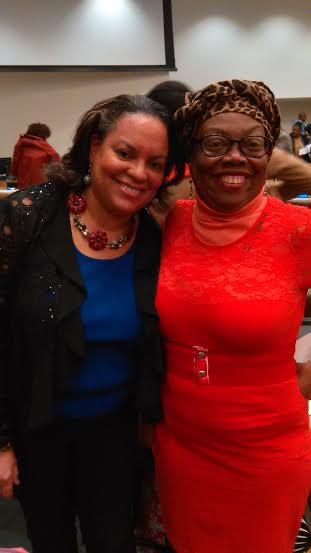WOMEN'S HISTORY MONTH IN CANADA 2020
Murphy Browne © October 20-2020
WOMEN’S HISTORY MONTH IN CANADA
“Most women of colour - including Chinese women, "Hindu" or East Indian women, Japanese women - weren't allowed to vote at the provincial and federal level until the late 1940s. And under federal law, aboriginal women covered by the Indian Act couldn't vote for band councils until 1951, and couldn't vote in federal elections until 1960. So, there you go - it wasn't until 1960 that ALL Canadian women finally had the right to vote.”
From article “Women & The Right To Vote In Canada: An Important Clarification” February 26, 2013
Since 1992, October has been designated Women’s History Month in Canada. October was selected to commemorate the “Persons Case” in which the British Privy Council (then Canada’s highest court of appeal) ruled in October 1929 that women were persons under the law, a decision that contradicted an earlier ruling of the Supreme Court of Canada. Five White Canadian women took the case to the British Privy Council and won the right to become members of the Senate. Even after that “victory” not all Canadian women were considered equal.
The “Famous Five” led by Emily Murphy were seemingly oblivious to the fact that there were groups of women in Canada who could not vote or even hope to sit in the Senate. Emily Murphy in her 1922 published book “The Black Candle” made her disdain for racialized people very clear. In her book she attacks “Chinese, Hindus, Mexicans and Negroes” as people unfit to live in Canada. Some people have sought to excuse her White supremacist diatribe as being a product of her time. To give Emily Murphy her due she did fight for the rights of White Canadian women.
When the “Persons Case” was decided in 1929, African Canadians had been free (August 1, 1834) from chattel slavery for 95 years. During slavery in Canada, enslaved African women were property and had no rights; they were brutalized and sold away from their families. In Dr Afua Cooper’s book “The Hanging of Angelique” court documents are used to tell the story of Marie Joseph Angelique, an enslaved African woman who was tortured and hanged in Montreal on June 4, 1734. On March 14, 1793, enslaved African woman Chloe Cooley struggled valiantly to gain her freedom as she was being sold from “Upper Canada” (Ontario) to New York. Her struggle led to John Grave Simcoe’s effort to limit slavery in Upper Canada in 1793. On March 21, 1793, Peter Martin appeared before members of the Executive Council with information about the sale of Chloe Cooley. The members of the Executive Council included Lieutenant Governor John Graves Simcoe, Chief Justice William Osgoode and Peter Russell, a prominent citizen and slaveholder. Peter Martin (one of a few free Africans who lived in Ontario) informed the Council that a “violent outrage” had occurred to an enslaved African woman named Chloe Cooley. Martin had witnessed a resident of Queenston named William Vrooman, who “owned” Chloe Cooley, selling her to someone in New York State. When Cooley resisted leaving the province (she fought, she screamed, it took three white men armed with ropes to throw her into a boat) Vrooman forcibly transported her across the Niagara River to her new “owner.”
African Canadian women of later generations including Mary Ann Shadd Cary (first woman newspaper editor in North America) and Viola Desmond whose image is on the Canadian ten dollar bill, are Canadian women whose stories need to be told during Women’s History Month in Canada. African Canadian women have been involved in every area of Canada’s history. Their life stories stand as inspiration to successive generations.
Rosemary Brown was the first African Canadian woman elected to a Canadian provincial legislature. In 1972 Brown was elected to the Legislative Assembly of British Columbia and in 1975 she became the first African Canadian woman to run for the leadership of a major federal party (NDP) in Canada. Rosemary Brown opened that door in 1975 when she ran for leadership of the NDP and Annamie Paul pushed that door wider and entered in 2020. At the beginning of Women’s History Month, on October 3, 2020, Annamie Paul, an African Canadian activist and lawyer made history as the first African Canadian to be elected leader of a major federal party (Green Party) in Canada. We have come a long way since 1960 when “all Canadian women finally had the right to vote.”
Murphy Browne © October 20-2020






































